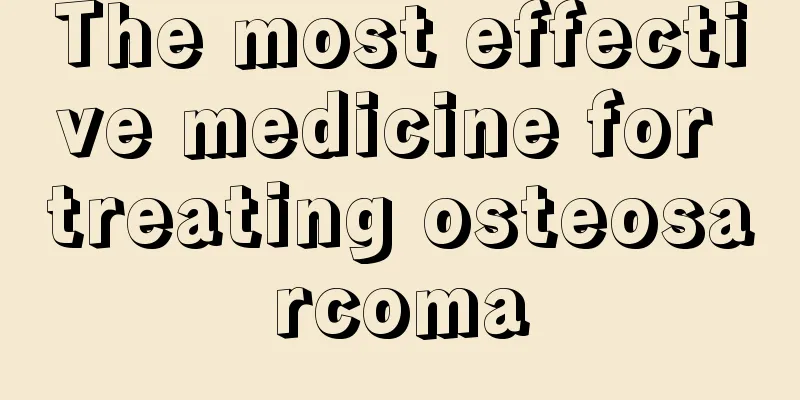What is the cardiopulmonary resuscitation technique

|
In people's daily lives, they always encounter some special situations, especially when someone around them suffers from cardiac arrest. In this case, timely treatment must be given, and the most effective way is cardiopulmonary resuscitation. Once treatment is given, it can save every second for life, but many people do not know the correct method. So, what is cardiopulmonary resuscitation? First, what is the cardiopulmonary resuscitation technique? First, we need to determine the patient's consciousness. Call him loudly or shake him to see if he responds. Get close to his nose and mouth to feel whether he is breathing. Feel his carotid artery to see if there is a pulse. Be careful not to touch both sides of the carotid artery at the same time as this may cause danger. Open the airway. Place the patient in a supine position. Comatose people often have airway obstruction due to tongue prolapse. At this time, the rescuer should kneel on one side of the patient's body, press down on the forehead with one hand, and lift the chin up with the other hand. The standard is that the line connecting the lower jaw and the earlobe is perpendicular to the horizon, which means that the airway has been opened. Second, artificial respiration. If the patient is not breathing, immediately perform mouth-to-mouth artificial respiration twice, then feel the carotid artery. If you can feel a pulsation, then only artificial respiration is required. Method: It is best to find a piece of clean gauze or towel and put it on the patient's mouth to prevent bacterial infection. The rescuer pinches the patient's nose with one hand, takes a deep breath, holds it, quickly leans over, covers the patient's mouth with his mouth, and blows gas into it quickly. At the same time, the rescuer's eyes need to observe whether the patient's chest expands due to the injection of gas. After the gas is blown out, release the hand that is pinching the nose and let the gas exhale. This completes a breathing process. An average of 12 artificial respirations were completed per minute. What is the cardiopulmonary resuscitation technique? Chest compression. If the patient has no pulse at the beginning, or if there is no pulse after one minute of artificial respiration, chest compressions are required. Method: The rescuer must first find the area to press. Along the lowest edge of the ribs on both sides from the bottom to the middle of the body, feel the intersection point, called the xiphoid process. Using the xiphoid process as the point, determine the position of two horizontal fingers on the sternum, which is the junction of the middle and lower thirds of the sternum. This is the implementation point. The rescuer places one hand on the back of the other hand with the fingers crossed and places the base of the palm in the position just found. Using the strength of the upper body, the rescuer presses down vertically. The sternum is depressed by about 4-5 cm. Both arms must be straight and cannot be bent. After pressing down, they should be lifted up quickly. The frequency should be controlled at 80-100 times per minute. Note: You must control the force and not use too much force, because too much force can easily cause rib fractures, which may cause the ribs to pierce important organs such as the heart, lungs, liver, spleen, etc. The bones of the elderly are brittle, so they need to pay extra attention. |
<<: The correct way to apply lotion
>>: How to remove formaldehyde from a newly renovated house
Recommend
What should I do if I get drunk, vomit and feel uncomfortable?
In modern society, drunkenness due to work and so...
The incidence of bladder cancer is related to genetics and environment
There are many causes of bladder cancer, and its ...
If you have breast cancer, you may have a painless swelling
If you have breast cancer, you may have painless ...
What are the functions of B vitamins?
B vitamins are essential nutrients for the human ...
What medicine should I take when I urinate painfully
Painful urination is a sign of a urinary tract in...
What are the benefits of drinking willow leaves soaked in water
In daily life, everyone is very familiar with wil...
Treatment of Gallbladder Cancer
Early detection, early diagnosis, and timely radi...
What causes uremia
Uremia is a kidney disease and also a very scary ...
How do girls use condoms?
After women become adults, they will inevitably e...
Lumbar spine exercises in the office
People who often sit in the office will suffer fr...
Three methods of radical surgery for rectal cancer
Experts say that so far, the main method of treat...
How pancreatic cancer metastasizes
Pancreatic cancer can metastasize in the followin...
The fastest solution to chest tightness after drinking
Drinking is unavoidable in social situations. Som...
What are the advantages and disadvantages of foot soaking
Foot soaking can eliminate fatigue and relieve st...
How to judge gastrointestinal dysfunction?
Many patients often experience vomiting, which is...









